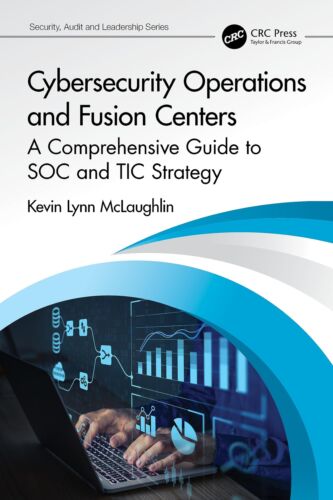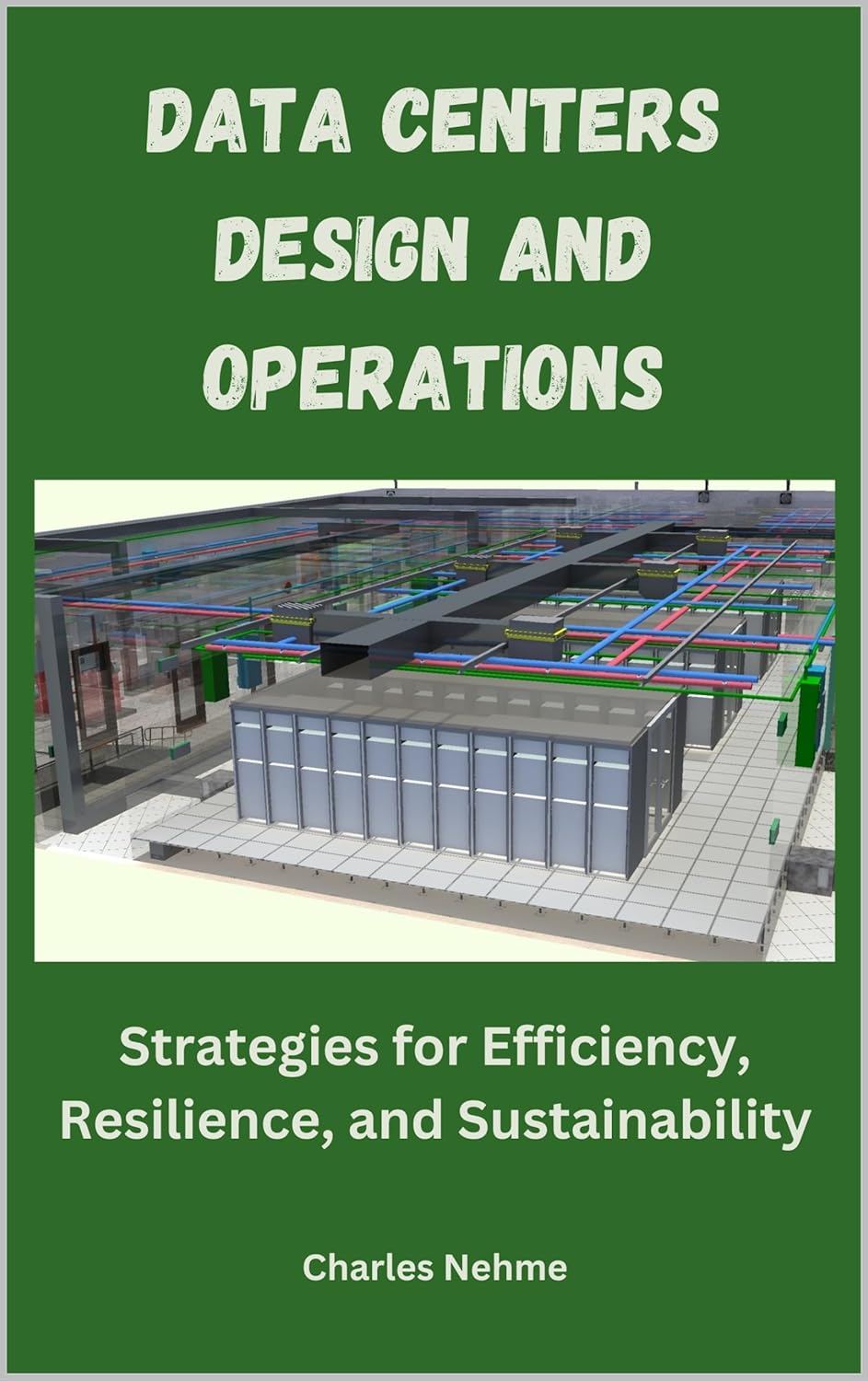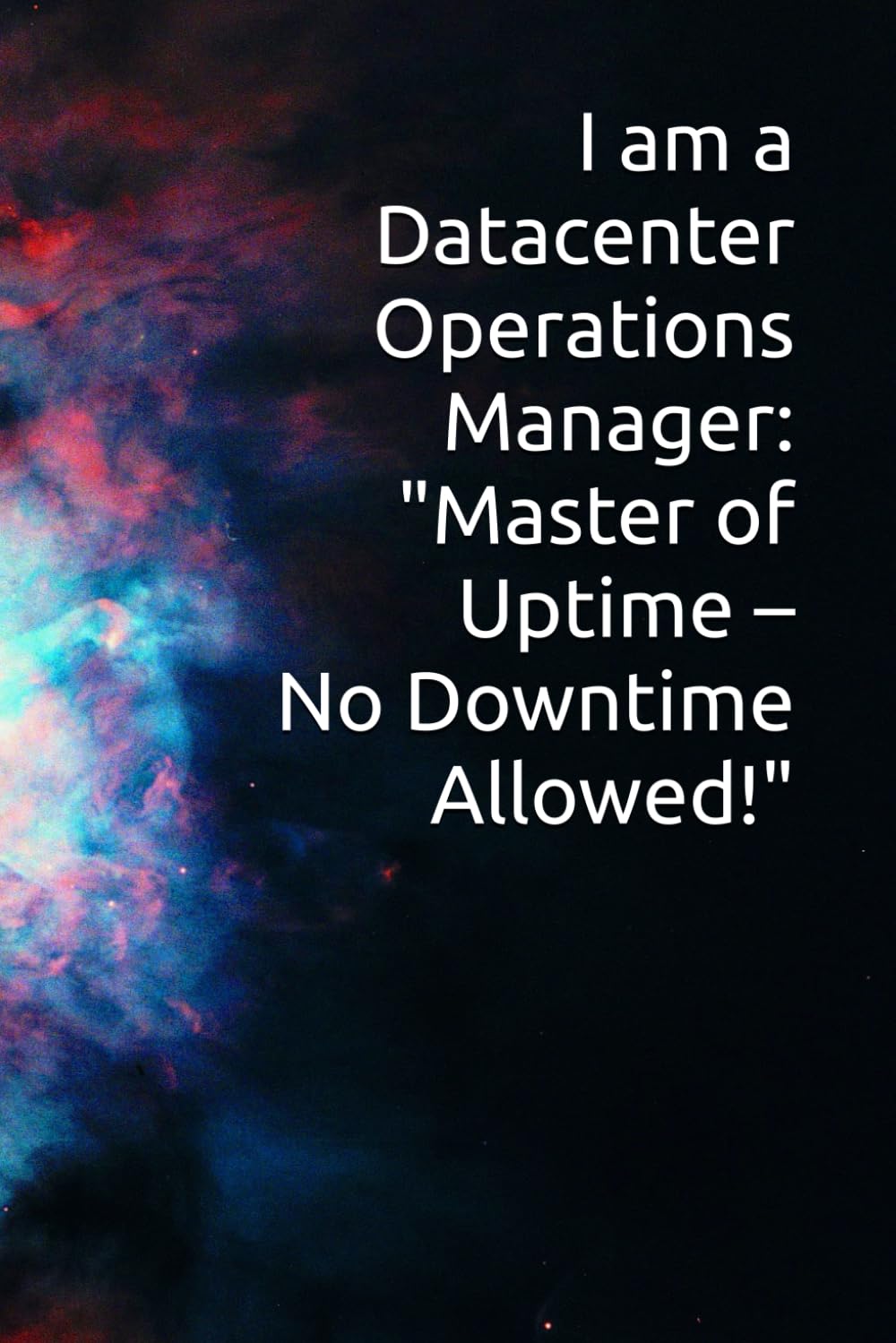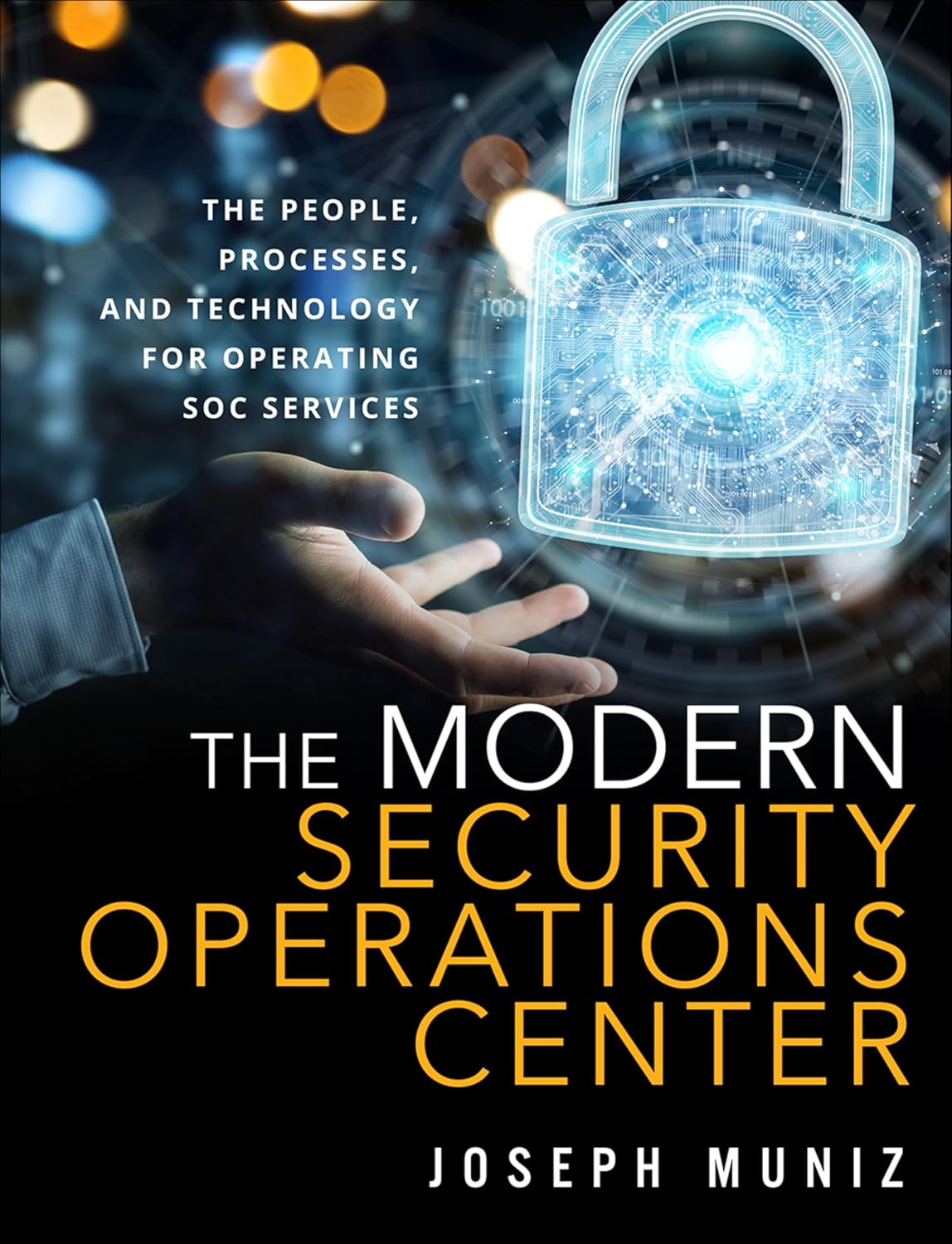In today’s digital age, data centers play a crucial role in the operations of businesses and organizations. These facilities house the critical infrastructure that supports the storage, processing, and distribution of data. As the volume of data continues to grow exponentially, data center performance optimization has become a top priority for IT professionals.
Enhancing operations in a data center involves implementing strategies and best practices to improve efficiency, reliability, and scalability. By optimizing performance, organizations can ensure that their data center can meet the increasing demands of their business operations. Here are some key strategies for data center performance optimization:
1. Implementing Virtualization: Virtualization technology allows organizations to consolidate their physical servers into virtual machines, which can run multiple applications on a single server. This helps to maximize the utilization of server resources and improve scalability. By virtualizing servers, organizations can reduce hardware costs, improve energy efficiency, and enhance flexibility in managing workloads.
2. Utilizing Automation: Automation tools and technologies can help streamline routine tasks and processes in a data center, reducing the need for manual intervention. Automated processes can help improve efficiency, reduce human errors, and increase the speed of deployment and provisioning. By automating tasks such as server provisioning, configuration management, and monitoring, organizations can optimize performance and free up resources for more strategic initiatives.
3. Monitoring and Analytics: Monitoring tools and analytics software can provide real-time visibility into the performance of data center resources, such as servers, storage, and networking infrastructure. By monitoring key performance metrics, organizations can identify bottlenecks, optimize resource utilization, and proactively address issues before they impact operations. Analytics tools can also help organizations analyze trends, forecast capacity requirements, and make data-driven decisions to optimize performance.
4. Energy Efficiency: Data centers are known for their high energy consumption, which can lead to increased operational costs and environmental impact. Implementing energy-efficient practices, such as using energy-efficient hardware, optimizing cooling systems, and implementing power management strategies, can help reduce energy consumption and lower operational costs. By improving energy efficiency, organizations can also enhance the sustainability of their data center operations.
5. Disaster Recovery and Business Continuity: Ensuring the availability and reliability of data center operations is essential for business continuity. Implementing disaster recovery and backup solutions can help organizations protect their critical data and applications in the event of a system failure or disaster. By implementing robust disaster recovery strategies, organizations can minimize downtime, mitigate risks, and ensure the continuity of operations.
In conclusion, enhancing operations in a data center requires a holistic approach that addresses various aspects of performance optimization. By implementing strategies such as virtualization, automation, monitoring, energy efficiency, and disaster recovery, organizations can improve the efficiency, reliability, and scalability of their data center operations. By optimizing data center performance, organizations can ensure that their infrastructure can meet the evolving needs of their business operations in a digital world.












